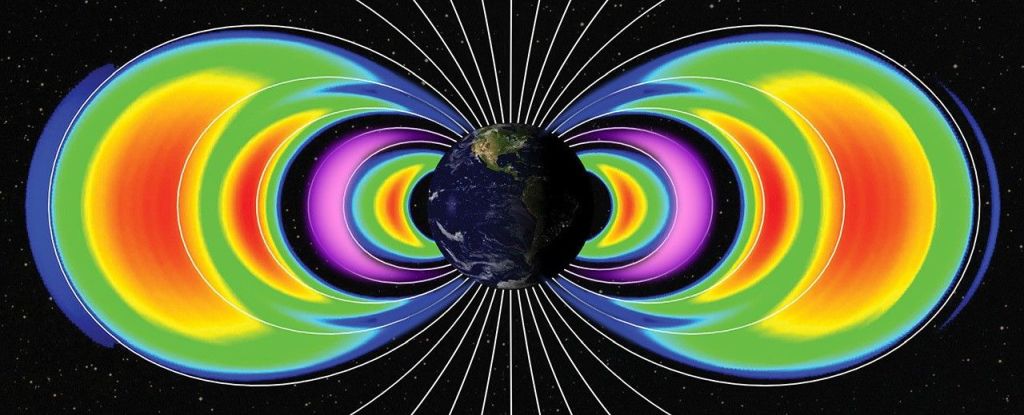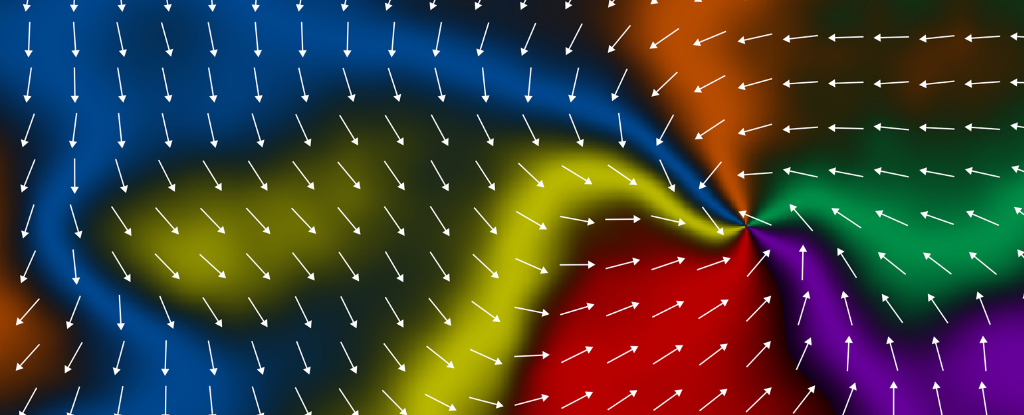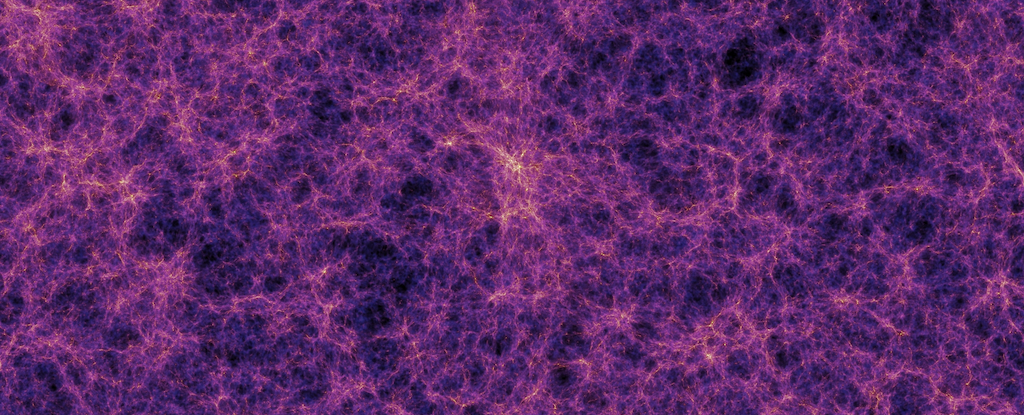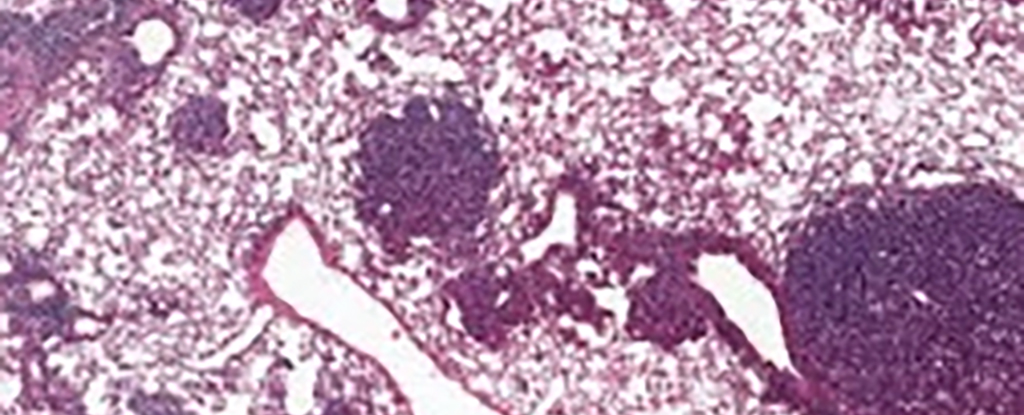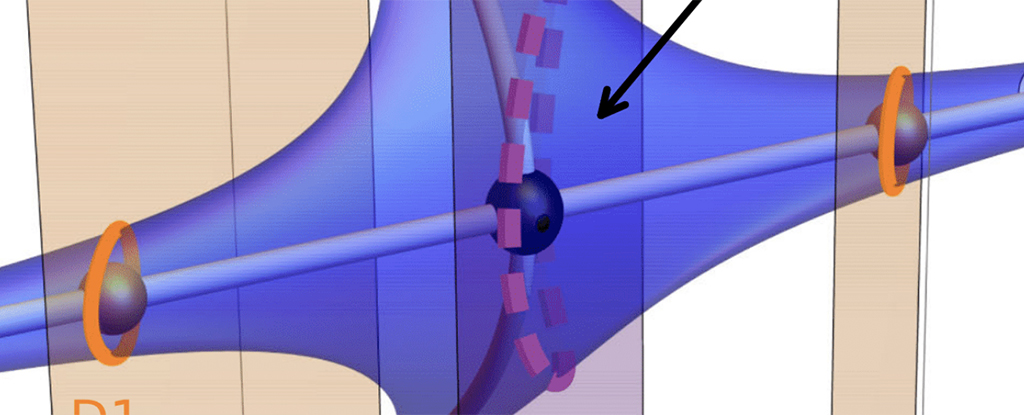Euclid Telescope Spots a Perfect Einstein Ring
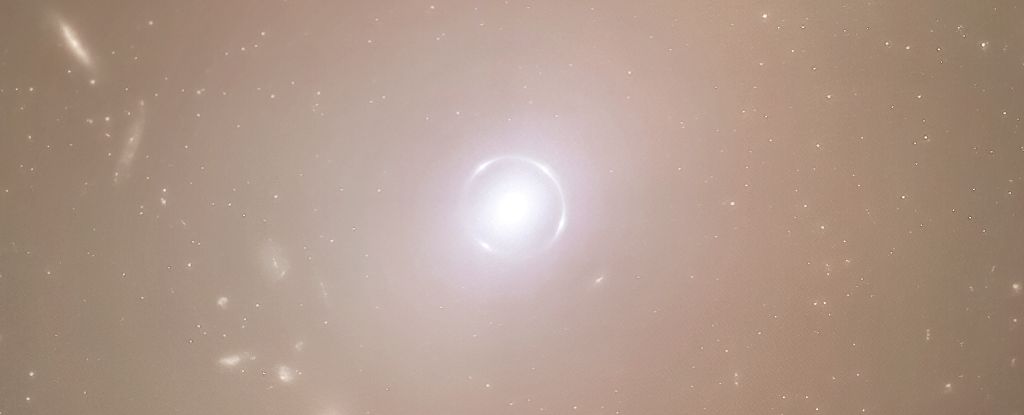
The European Space Agency's Euclid telescope has discovered a perfect Einstein ring around the galaxy NGC 6505, located 590 million light-years away. This rare phenomenon, a result of gravitational lensing, shows light from a distant galaxy (4.42 billion light-years away) warped into a ring by the gravity of NGC 6505. The discovery highlights Euclid's observational power and provides a unique opportunity to study a distant galaxy in detail, marking a significant advancement in cosmology.
Read more
